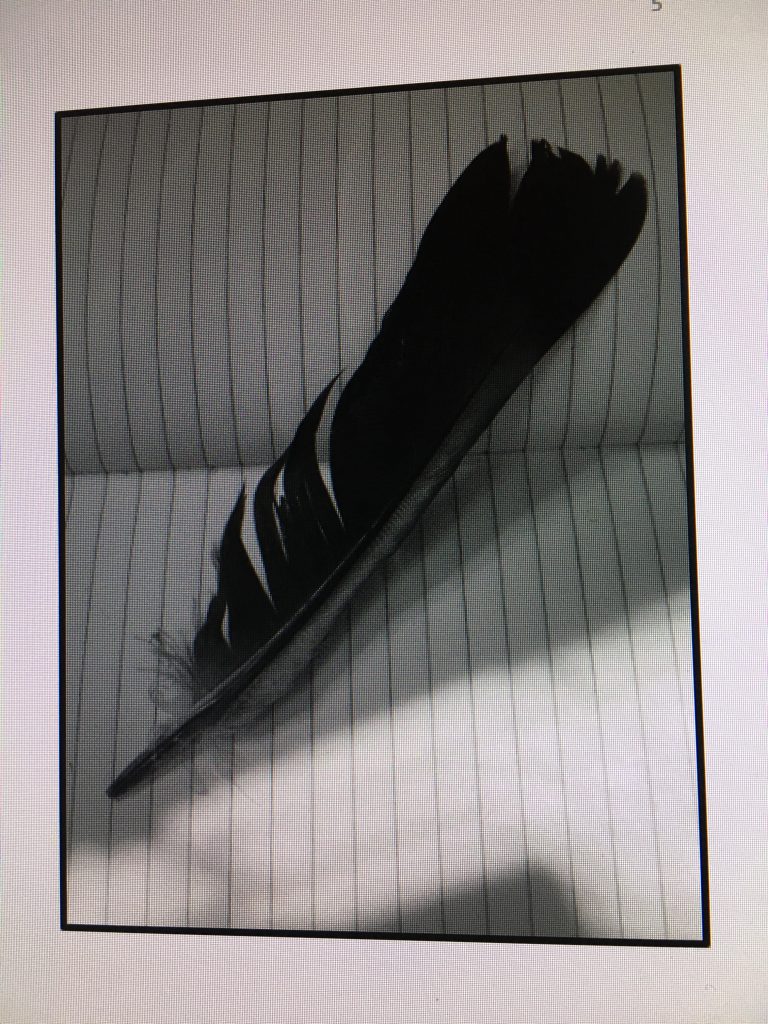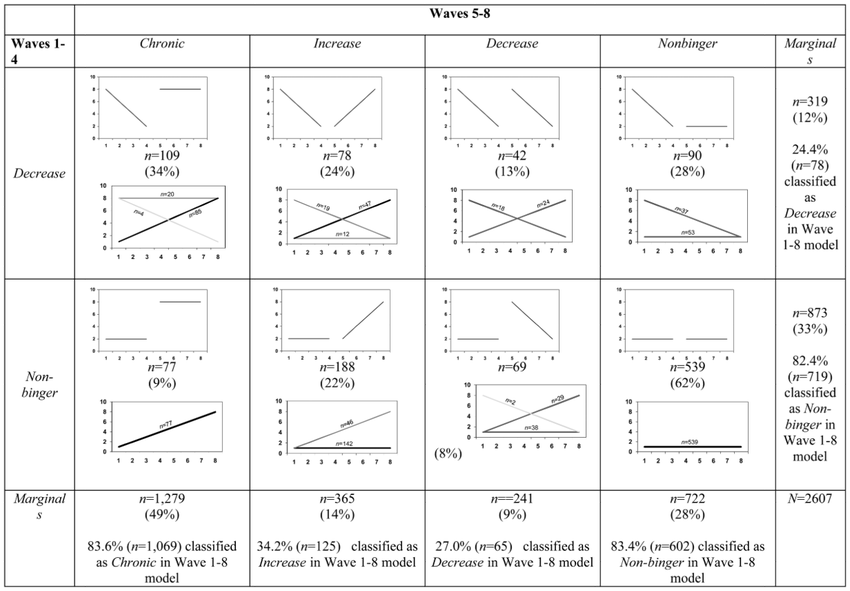
I don’t know how & I don’t know when, or where or why or what – & so may begin –
uncanny-automator domain was triggered too early. This is usually an indicator for some code in the plugin or theme running too early. Translations should be loaded at the init action or later. Please see Debugging in WordPress for more information. (This message was added in version 6.7.0.) in /home2/wajlum0afy5o/public_html/wp-includes/functions.php on line 6121
I don’t know how & I don’t know when, or where or why or what – & so may begin –
this is not a test.
if it were an actual test you would be tested.
this is not a test.
That is the test.

Describe the purpose of the image (opens in a new tab) Leave empty if the image is purely decorative.
Above is the message you find in the word-press sidebar when you place an image in a post via it.
The above is purely decorative.


A tree is a sensory organ, and each time I say it I believe it a statement of what is emotions fluctuations in our electromagnetic wake my heart — even if you can't feel them the way the page could be what we needed — were the heart entrainment to enable we to flare around what is change, effectively in the natural field, a map of our desire, to branch —
In this case what I found (logging down to the seconds longitudes and latitudes) were the centers of 64 vortexes in the pattern–here, the Julia Set–and you don’t really find in fractal geometries the application of “sieve” except related to the Sierpinski Sieve (or Triangle or Gasket) which I guess the triangulated structures of which possess a sieve-like pattern. Yet the fractal pattern does have a sieve action in motion–though undercutting that’s that it’s all repeating, or self-similar, and nothing is new except an uncanny visual sense of wonder tied to some raw infinitude with just enough swerve.
The origination of the word “sieve” falls to various European languages that all point toward a specific tool, a sieve–which at the time must have been a real find–a thing that’s used to separate, more or less, “finer from the coarser parts of disintegrated matter by shaking it so as to force the former through meshes too small for the latter to pass”–like the camel through the eye of the needle, with the understanding that “needle” was a colloquialism for the slits in forts of ancient Israel narrow enough (very) to guard against attack, because groups were always attacking each other. Anyway, it was such a great discovery that it got it’s own word, with a lot of other words and attitudes attached to it. “Sieve” falls to things that spill out, a displacement, “sift,” like “shift,” which would appear to be its kin yet’s actually closer to “shed,” from the Old English “to divide,” which is a large part of what a sieve does. It has to do with winnowing, like in the expression the chaff from the wheat–yet not, as it must be “the wheat from the chaff” as it’s got a little algorithmic engine inside it. And “sieve” possesses a certain anomonopoetia to sounds of rubbing off, like snakes skins.
And of course “sieve” has the same sound shape as the contraction for “civilization,” as underwriting my interest in this project was and is an exploration of the possibilities of remapping the Catskills–or to impose another random order on its extant one–and see what happens, or the Catskill Sieve. In that sense the thing itself is a sieve, though I don’t ascribe to the superimposition of the course/fine dual-headed viper, though practically speaking it’s difficult to escape; rather nothing, just see what happens, with some feeling around it and things and people to bring to work together, at which (collaboration) I’ve never been very good yet feel a strong disposition to keep trying.
The sound track is from the Atlas Mountains of North Western Africa (or Morocco) with whom the Catskill Mountains were joined in Gowanadaland 180-million years back when our continents were one.

(Though really here am I working with the Bedouins or projecting at best or ripping off their rhyme? I don’t think the latter as I really dig it, and other sounds I heard when I was researching–and can deliver the sound I found of women gathering wood among these eerie sound caves–yet the body of the research is now digital trackless dust–and we have to keep going–so I don’t know where this sound originates really, except it’s from the Atlas Mountains and is part of each of us.
I got as far as this, coupled with the notion I would go to these 64 longitude-latitude axes (down to the second) and record what’s there to discover or add out ahead, combing the hills and backs of people’s lives for years mapping the mountains.

…is the aforementioned substance at the heart of Kurt Vonnegut’s Cat’s Cradle, a title based on the game of yarn and hands to form nests of intersecting lines–the two ends of the yarn being joined–between palms with fingers the principal rhythm shuttling back and forth a form like a conclave of the sisters of fate, and we should never have counted past ten as past them we had to leave their circle–not that they actually formed a circle or more the three sisters in attendance to another woman giving birth and never stopping–as ten times ten is a pefectshape or at least enough if you are weaving a human life–and how carefully between our hands we should hold each–as though it were something we were making–and perhaps it is–but it is much more that just each other as birth is one field of breath–so many hands–like the patterns of string combinations and flows being called “waves,” as in this image of “‘cat’s cradle’ patterns based on Waves…” (below). This is the game Felix Hoenikker, a fictional Nobel laureate physicist and co-inventor of the atom bomb–based on Irving Langmuir, whom Vonnegut knew–was playing when the bomb was dropped on Hiroshima.

Ice-Nine, invented by Felix Hoenikker, introduces a molecular twist to water that instantaneously changes it to ice of this self-replicating structural homogeneity that roars across the oceans freezing the world–or that’s my memory and sort of concept–the touch of a wand at the end of the world, and it’s last one totally calm making the om form out of nothing to harm. The novel doesn’t end this way–or maybe it does, who knows?–yet reading it circa twelve living in ancient DC without any rhythm, and still in need, to ease my hangups–I remember the feeling, tied as it might have been to the bomb, he was writing at the end of the world. I think writing at the end of any world is good, also, if you look past it to another inside it, like in Vonnegut’s Bokononism, a sort of bogus mind control, but for real we have an infinite number of worlds to end together–yet always the feeling this is the one–and then we begin again.
It’s as plausible a catalytic spike–or as apt as fire–as we may imagine though nothing to our own, the contracting horizon of which is around us and ahead, slowly narrowing promontories of sufficient biological diversity to sustain life

and then poof or dismal scramble up the other side. Or we’ll pull the rabbit out of our bottom parts, as a part of me speaks out of when I say I look at the waves of maps and think maybe it won’t be so bad, unless the world flips upside down, which Athropopene scenarios are and this is, it’s just like a slow-motion photograph of a temporal imbalance vomiting into the sky shock waves of various amplitudes–feeling around the edges of a life like a coastline for a pulse of Ice-Nine to flip the world on, like 9-11.
The question with which I am left is what disorder in the human equilibrium, parallel to the global-warming one, compelled the hypnotic form and brainwash that propelled a bunch of men to be so naive to believe anything you believe slamming into a building will mean anything you believe. Or maybe I am naive. I am a squiggle.

I awoke this morning with a strong desire–as I do most–a pryapic desire–which in the hierarchy of somewhat involuntary ones ranks close to those that form in the predawn hours of the “quickening,” or The Elixir, favored by yogis in some schools to meditate in, the veil being then most thin–yet in this case directed toward writing on my experience on that day now outside time called “Nine-Eleven,” or “9-11”–which in an ironic and perhaps swervy associative twist I link with Kurt Vonnegut’s “Ice Nine” from his novel Cat’s Cradle–I guess in part derived from the “nine” and then (transposed) the “I” in “Ice,” which grapholectically is like our “one”–as though from “I/1” letters and numbers light in different directions and almost seem to lead to different dimensions–and then my sense that letters and numbers constitute the battle–perhaps coming soon to another head–in which we have been engaged since Descartes, say, though the battle lines arguably may’ve been knitting for some time prior and traced to the beginnings of literacy to enumerating cattle, which in no small part we have been chopping and slicing and bundling–and monetizing, or “monitoring” (same derivation from the Roman god Juno surname)–ever since. Where the run of I and 1 go–which ultimately is zero, since it is always now–may be cauterized as the distinctions between “eternity” and “infinity,” the nuances of which puzzle me.
Underlying in part my desire falls to the fact I have a tape recording of that day I made on a hand-held cassette device when I joined a group going in to help rescue people and came at one point within two blocks of the World Trade Center hours after the towers collapsed. That tape is in this box with this slew of other mini-cassettes above, and I’ve wanted an occasion on which to find it, which I’ll do at the end of this exercise and play if it’s survived eighteen years of alternating heat and cold in attics, basements and other dungeons of the incontinuous present–with “incontinuous” in the sense of its use in this paragraph from Robert Louis Stevenson’s Across the Plains: with other Memories and Essays:
“I do not say that these revolutions are likely; only no man can deny that they are possible; and the past, on the other baud, is, lost for ever: our old days and deeds, our old selves, too, and the very world in which these scenes were acted, all brought down to the same faint residuum as a last night’s dream, to some incontinuous images, and an echo in the chambers of the brain.”
“(C)hambers of the brain” is overblown–though the World Trade Towers were on it–Chambers Street– and the great Century 21 clothing store below them crossing against traffic to look up hanging these towering silences gulls flew among.
Here’s Omar Pérez improvising on cajon with a stick and a hand in the Mojo Dojo.
With the cajon in its Cuban incarnation as a standing, or (more exactly) slightly slanting, instrument—vs. the cajon you sit on to play—with its relatively square, upright space, one is struck by its likeness to the page, or sheet of copy paper: or playing it, one imagines entering percussively the act of “writing” (etym. root in “carving”).
This is particularly evident in this instance of Omar playing with a stick, which is pencil-, if not wand-, like. And as though writing were not just an act of carving away, revealing—is writing, more than adding, a subtractive act?—yet also tapping, knocking—even banging—a door.
And, if all that holds even if imaginatively, is that door one of entrance into a place—house of mirrors, etc.—or a door out of enclosure?
Stay tuned.